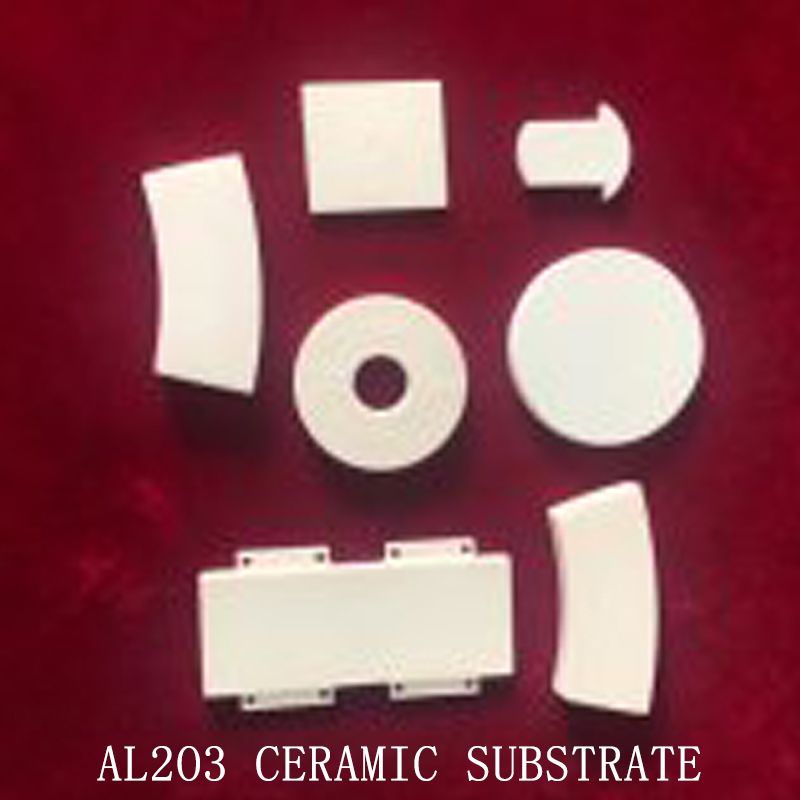Alumina Substrate Price Trends and Market Insights

In recent years, the alumina substrate market has witnessed significant growth, driven by its increasing applications in the electronics, automotive, and renewable energy industries. Known for their excellent thermal conductivity, high mechanical strength, and superior electrical insulation, alumina substrates have become a critical material in high-performance applications, particularly in semiconductors and LED manufacturing.
Market Demand and Pricing Trends
The demand for alumina substrates has surged due to the rapid expansion of electronics manufacturing and the adoption of electric vehicles (EVs). With the global push toward sustainable energy solutions, industries are prioritizing materials that enhance efficiency and durability. This growing demand has influenced alumina substrate prices, which have seen fluctuations based on factors like raw material costs, supply chain dynamics, and geopolitical events.
In 2024, the average price of alumina substrates remains competitive, though variations exist depending on specifications such as purity, thickness, and thermal performance. High-purity alumina substrates, often exceeding 99% alumina content, command a premium due to their enhanced properties and performance in critical applications.
Key Drivers of Price Variations
Alumina, derived from bauxite, forms the base material for alumina substrates. Changes in bauxite mining costs, energy prices, and refining processes directly impact substrate pricing.
The integration of advanced technologies, such as laser machining and precision polishing, adds value to alumina substrates, driving up production costs but enhancing performance and market appeal.
Disruptions caused by global events, such as trade restrictions or transportation delays, can lead to price volatility. Manufacturers are actively seeking localized supply chains to stabilize pricing.
Future Outlook
The alumina substrate market is expected to grow steadily, supported by innovations in microelectronics and renewable energy sectors. Industry analysts predict that advancements in 5G technology, electric vehicle charging infrastructure, and solar energy systems will further boost demand for alumina substrates, potentially driving prices upward in the coming years.
Conclusion
As the market evolves, stakeholders are closely monitoring price trends and investing in efficient manufacturing processes to maintain competitiveness. Despite challenges, the outlook for alumina substrates remains optimistic, with steady growth anticipated across key industries.

